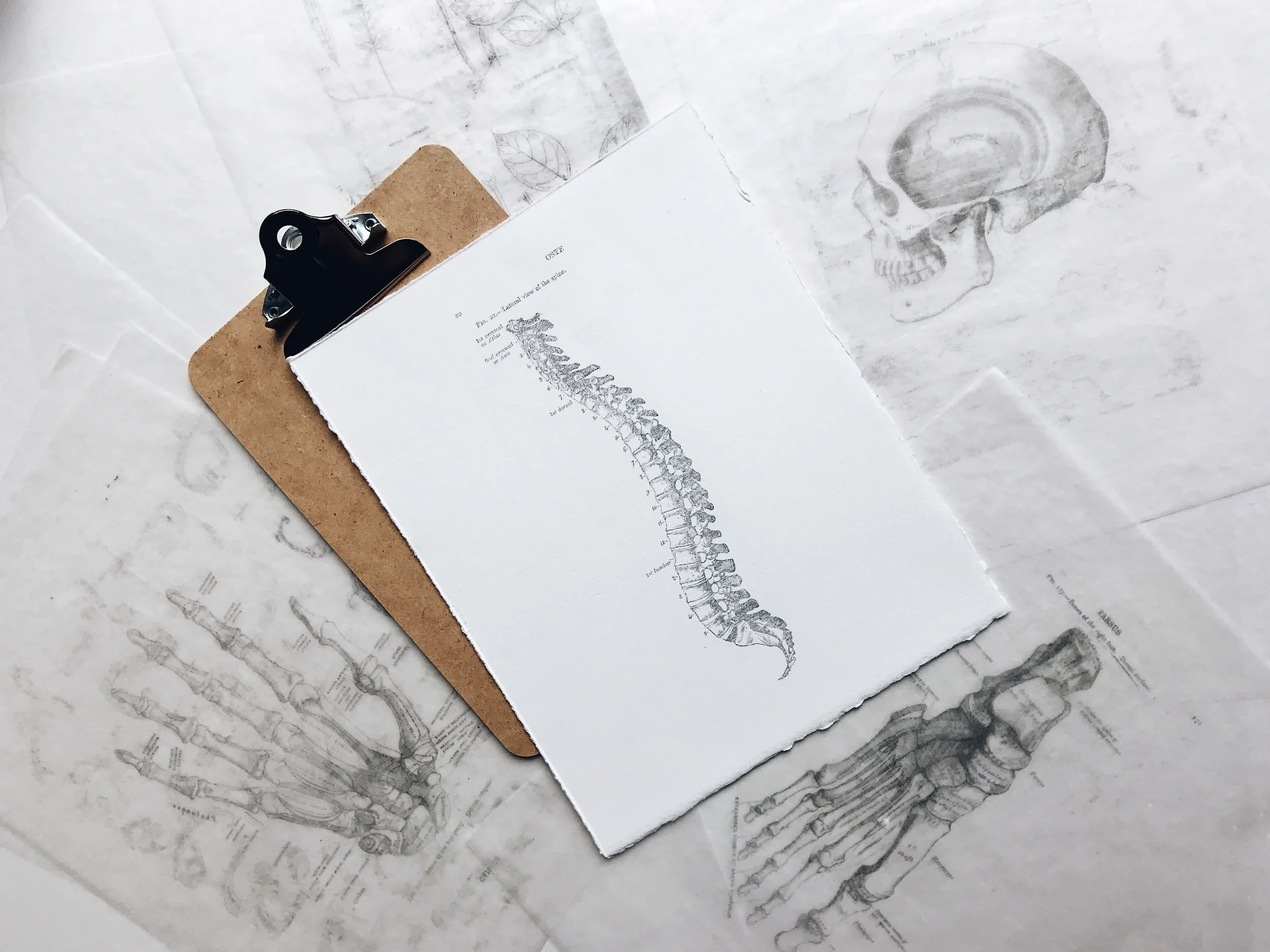Good morning!
I hope we are all well and staying safe wherever we are in the World.
It has been a busy few months for me with tutoring 4th/5th year medical students for their finals/resits (so far, my students have been successful!). Despite it being busy, it has been so amazing working with all the students who bring their own skills and charisma to each session.
Moving forward - for those of you with pending exams, keep working towards the end goal. However long it takes you, which ever exams you have to sit, it doesn’t matter- just get that degree!
Musculoskeletal (MSK) examinations are a great station to have in the OSCE, as they follow the same principles…look, feel and move (and with special tests). The following will be a reminder of the important steps to perform a succinct musculoskeletal examination no matter the area of body. As always, this is not comprehensive, so please read around the subject (i.e. Macleods) for further information.
Introductions
I cannot emphasise how important it is to have a good introduction, as it builds rapport right from the start, and gets the patient/actor (and examiner) on your side. It is difficult building rapport if you have lost it at the start. So - smile, introduce yourself clearly, confirm patients ID and say something nice i.e. ‘nice to meet you” (or whatever suits you). Stand tall and look confident. Ask the patient if they are in any pain before starting the examination (rapport).
1) Look at the end of the bed
Ensure appropriate exposure for joint to be examined. Before even touching the patient or even looking closely, have a general look around the patient, observe the way they are standing/laying. Are they in pain? Do they have a walking stick? Do they have painkillers around them? These general observations gives the examiner the idea that you are not fixated on getting the examination done, but rather that you can think outside the box.
2) Look
Look at the area more closely. In MSK it tends to be similar things you are are looking for i.e. skin changes, swelling, scars (lots of S’s) , deformities (i.e fixed flexion) etc. A suggestion here is to actually look for these changes, don’t just say you will. If you see changes on the skin, say it (even if not MSK related). This shows the examiner that you actually looking and not just reeling off a list.
3) Feel
The ‘feeling’ aspect may vary between areas, but again there are some general principles that apply for most of the MSK exams. These include - temperature, palpation of swelling, bony landmarks, tendons (there may be more!). Tip - before palpating, always ask the patient if they are in any pain. It is all about rapport and being kind to the patient, and NOT causing harm. During examination, you would again ask the patient if they are in any pain (especially if you cannot see their face i.e. spine exam).
4) Move
Active, Passive and Resisted. Nothing else to really say about this one, apart from - practice making it look smooth and synchronised. Doing an MSK examination should flow nicely, and look natural, which can only be achieved by practice.
5) Special tests
Learn them and do them. Each MSK exam has their own unique one, and vary between different checklists - stick to YOUR university checklist.
5) Wrap up
Key ‘wrap ups’ tips:
Thank the patient
Ask patient to put clothes back on/roll sleeves down
Advise the patient that you are now going to summarise to the examiner (please do not summarise to the patient).
Summarise to examiner - demographics, key findings (in order of exam).
“to complete my examination” - examine the joint above and below and neuro-vascular exam.
wash hands.
Well that’s MSK in a nutshell. Keep practising with family/friends, so it becomes second nature.
If you would like any help with OSCE revision, whether it be consultation skills or examination skills, please contact me (link below).
best of luck!
L x

